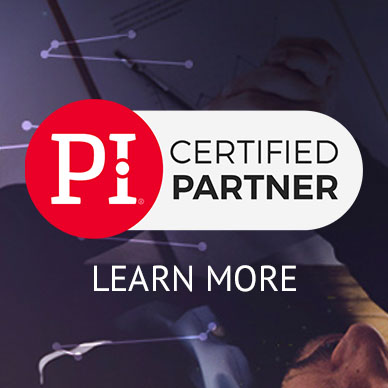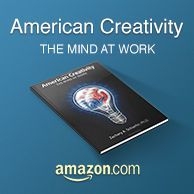The toughest thing to do is to understand what makes humans tick. People don’t like spending time thinking about the reasons for our actions, and when we are in conflict reflective thinking is even more difficult. All the internal voices that motivate us, stifle our actions, coerce us to communicate, and influence us to make decisions form our “conscience choir,” and an individual who knows how to effectively manage conflict directs those thoughts much like a conductor.
So where do all of these contradictory thoughts come from? They come from forming false assumptions, developing thin intentions, and creating unrealistic expectations both for yourself and for the other party that you are in conflict with. We form false assumptions by not communicating with people that we disagree with; we let human emotions take over and automatically assume the worst of others. Thin intentions are what we think motivates us without giving any real thought into the process of motivation. When I say, “I didn’t mean to come off that way” after yelling at my spouse, what I am really saying is that I don’t want to think about why I yelled at her so I instead offer a thin intention as my explanation. Finally, we create unrealistic expectations for ourselves and for others. People create expectations that are so high no one can attain them, including ourselves. These unattainable expectations emerge from all of the media images that surround us.
To overcome the three main tendencies that form our “conscience choir” is to talk about what we are thinking with someone else. Communicating allows us to explore our thoughts and it gives us another person’s perspective. Communicating helps us better understand why we do what we do. And communicating helps us articulate our assumptions, intentions, and expectations in realistic and useful ways.
A concrete example will help make sense of this internal dialogue. A big problem facing the mediation community is educating the public and the legal community about realities and fantasies of mediation. It involves teaching people what the process looks like and persuading them about its effectiveness. I decided to challenge myself to attain this educational goal by educating at least one person a day about the utility of mediation. Before I had my first learning conversation I was already psyching myself out by anticipating all the questions and negative feedback I would get. The only way I moved past this internal block was to talk about my fear with another mediator, and I was instantly reminded why I am a member of the conflict resolution community. The core of conflict resolution is honest communication with oneself and with others. Communication allows us to create shared meanings through clear messages…but we will never share any meaningful ideas or information if we don’t first talk to others.



